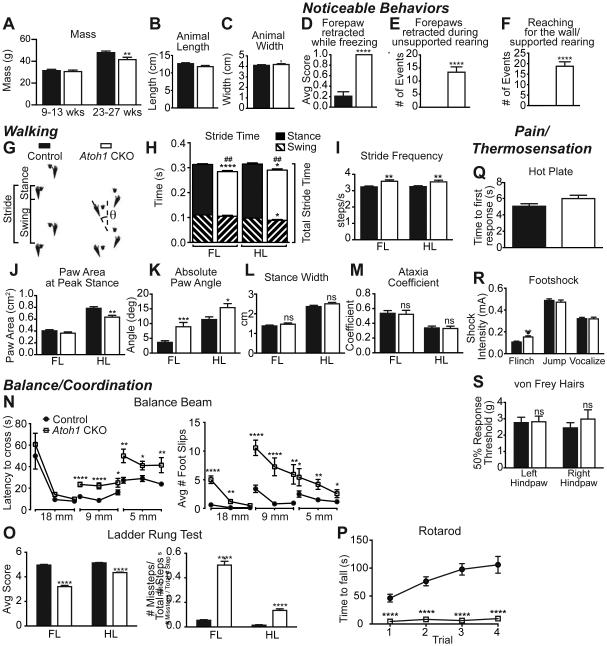Figure 7. Atoh1 CKO mice have balance and coordination defects.
(A-C) Atoh1 CKO mice (white) have normal mass, length, and width compared to controls (black) at 9-13 weeks old, but have less mass by 23-27 weeks. (D-F) During a five minute exposure to a novel environment, the Atoh1 CKO mice exhibited some unique behaviors (see Movies S1 and S2). (G-M) Atoh1 CKO mice have some walking defects. Sample footprint traces for a control and Atoh1 CKO mouse with definitions of Swing, Stance, Stride, and Paw Angle (θ) are shown (G). Atoh1 CKO mice have an overall decreased stride time (## p < 0.01) for both forelimbs (FL) and hindlimbs (HL) with a corresponding increase in stride frequency (H-I). The HL of Atoh1 CKO mice have significantly less paw area at peak stance (J) and both FL and HL paws are pronated outward (K). Atoh1 CKO mice have normal stance width (L) and are not ataxic (M). (N-P) Atoh1 CKO mice have pronounced defects in balance and coordination assays. Atoh1 CKO mice (white squares) are markedly slower and have more foot slips when crossing progressively thinner beams (18 mm, 9 mm, 5 mm) compared to control mice (black circles)(N). (O) Atoh1 CKO mice have significantly lower quality steps on the ladder rung test and a clearly higher ratio of missteps than control for both FL and HL. See Movies S3 and S4. (P) Atoh1 CKO mice immediately fall off an accelerating rotarod compared to control mice. (Q-S) Thermal and nociceptive responses in Atoh1 CKO mice are normal. n=21-24 for control, n=13-16 for Atoh1 CKO. Mean ± SEM shown. * p < 0.05, ** p < 0.01, *** p < 0.001, **** p < 0.0001. See Figure S3 for additional behaviors.

